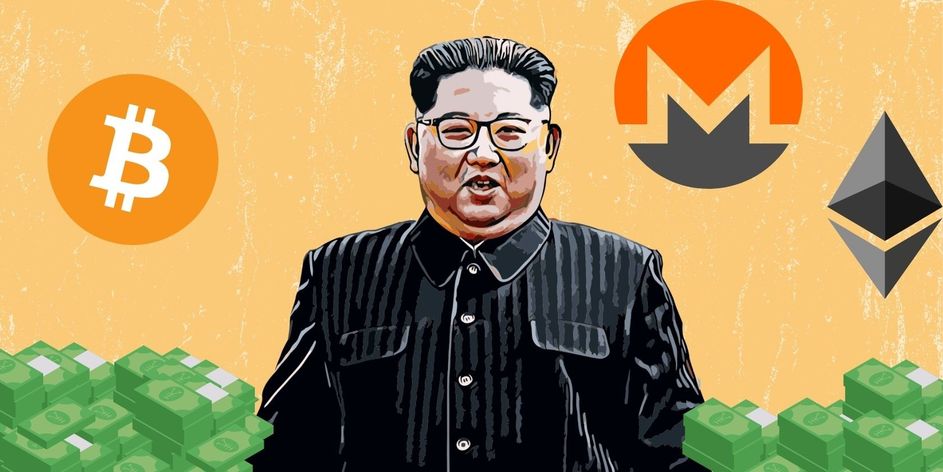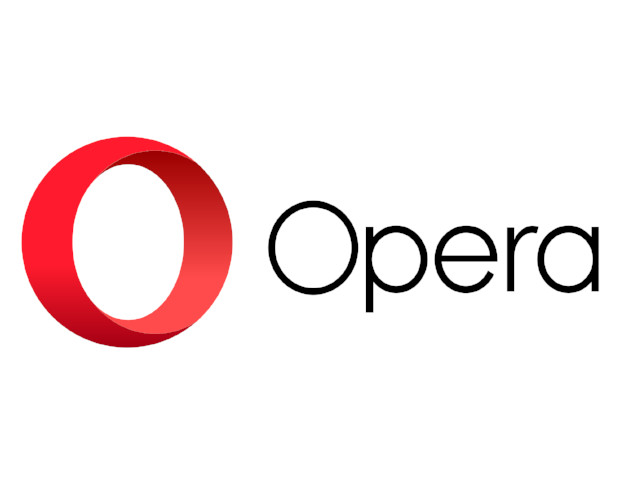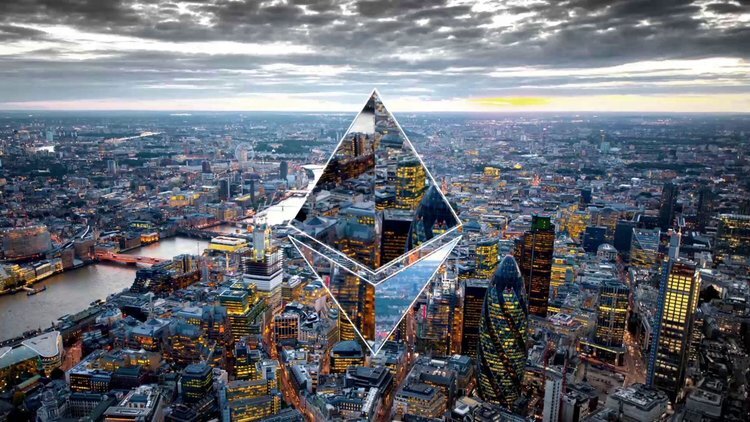
Introduction to the Metaverse
In a world where technology is rapidly advancing, the metaverse is emerging as the next frontier. The metaverse is a digital universe, a collective virtual shared space, where people from all over the globe can interact, explore, work, and play. It’s an exciting concept that’s gaining attention for its potential to transform the way we live and connect.
The metaverse isn’t a new idea. It has deep roots in science fiction, with authors like Neal Stephenson and Ernest Cline envisioning immersive digital worlds. However, today’s metaverse is no longer just science fiction. It’s evolving from the virtual worlds of the past into a tangible digital reality. From early virtual communities like Second Life to the present-day developments, the concept has come a long way.
How it works
Key technologies are the building blocks of the metaverse. Virtual reality (VR), augmented reality (AR), blockchain, and artificial intelligence (AI) are the pillars that make the metaverse possible. VR and AR provide immersive experiences, while blockchain ensures security and trust, and AI powers intelligent interactions within this digital realm.The metaverse has an array of applications, making it incredibly versatile. It’s not just about gaming; it’s about reimagining how we work, learn, socialize, and entertain ourselves. Imagine attending virtual concerts, exploring historical sites in VR, or conducting business meetings from your own digital office.
Several companies are actively working to shape the metaverse. Meta, formerly known as Facebook, is a frontrunner with its ambitious plans to create a shared metaverse. Roblox, a user-generated gaming platform, has already taken significant strides in the metaverse realm, proving the potential for user-created content.
In the metaverse, your digital identity takes center stage. You can be whoever you want, create avatars that reflect your personality, and express yourself in new ways. However, this digital openness also raises questions about privacy and personal expression.The metaverse is not just about fun; it’s also a place for business. The digital economy within the metaverse is growing, with the rise of non-fungible tokens (NFTs) enabling virtual ownership and trade. It’s a fascinating intersection of the real and digital worlds. The metaverse is changing the way we interact socially. Virtual meetups, immersive events, and even dating are taking place within this digital realm. It’s an exciting new way to connect with people from around the world. The metaverse’s potential extends to education and work. It offers opportunities for remote work, virtual classrooms, and collaborative projects in an engaging digital environment.
Applications
The metaverse, a term coined to describe a vast digital universe where reality and imagination seamlessly coexist, has given rise to a multitude of applications that promise to transform how we interact, work, and entertain ourselves. Education, for one, stands to undergo a profound evolution within the metaverse. Traditional classrooms are making way for immersive virtual environments where students can embark on educational journeys that transcend the limitations of physical geography. They can attend lectures, participate in interactive simulations, and collaborate with peers from across the globe, all within the metaverse’s virtual classrooms. Moreover, the metaverse serves as a stage for creativity and entertainment. It’s the realm where gaming takes on a new dimension, blurring the lines between reality and the virtual world. It’s a space where artists can showcase their work in stunning virtual galleries, and where music lovers can attend virtual concerts, united by a shared passion regardless of their geographical location. Beyond leisure, the metaverse offers innovative solutions for work. Remote teams can meet in digital boardrooms, architects can design complex structures through collaborative virtual platforms, and professionals from diverse fields can access a digital workspace that defies the constraints of a traditional office. As the metaverse continues to expand, the range of its applications is limited only by our imagination, offering a glimpse into a future where the digital realm knows no bounds.
Downsides
The metaverse, an exciting digital frontier, also brings forth a set of challenges and concerns that demand our attention. Digital addiction is a growing concern, as the immersive and always-connected nature of the metaverse may lead to excessive screen time and detachment from the real world. Privacy is another prominent issue. In this interconnected digital realm, personal data security becomes paramount, and safeguarding users’ privacy is essential. The potential for misinformation and digital manipulation, which have already plagued social media, also extends to the metaverse, raising concerns about trust and authenticity within this virtual world. Additionally, the metaverse could introduce a new dimension to socioeconomic disparities, creating a “digital divide” where not everyone has equal access to this emerging space. These challenges underscore the need for responsible development and ethical considerations as we navigate the evolving landscape of the metaverse.
Navigating the legal and regulatory landscape of the metaverse is akin to charting uncharted waters. The metaverse transcends geographical boundaries, making jurisdictional issues complex. Intellectual property rights in this digital realm raise intriguing questions. Who owns the virtual real estate, digital assets, or creative content within the metaverse? Establishing a robust legal framework to address these concerns is imperative. Additionally, protecting users from fraud, scams, and malicious activities calls for a comprehensive regulatory approach. Data privacy, already a critical issue in our digital age, takes on new dimensions within the metaverse. Ensuring the responsible handling of personal data and safeguarding user privacy is central to the regulatory conversation. As this digital universe continues to expand, the legal and regulatory aspects of the metaverse must evolve alongside, providing a secure and equitable environment for all participants.
Ethical considerations in the metaverse are paramount as we venture into this uncharted digital terrain. With immersive experiences and digital personas at the forefront, questions surrounding identity and authenticity arise. The responsible use of avatars and digital identities is a critical ethical concern. The metaverse can also be a breeding ground for cyberbullying and harassment, making it imperative to establish guidelines and policies that ensure a respectful and safe environment for all participants. Moreover, the digital divide is a looming ethical issue, as not everyone may have equal access to the metaverse. Bridging this gap to ensure inclusivity and fairness is a collective responsibility. As we explore this fascinating digital realm, ethical considerations must guide our actions, creating a metaverse that’s not only technologically advanced but also socially responsible and just.
Conclusion
In conclusion, the metaverse is a dynamic and evolving digital realm that promises to transform the way we live, work, and interact. It’s a space of limitless potential and exciting opportunities. As it continues to develop, we encourage you to explore the metaverse, stay informed about its growth, and consider how it might become a part of your digital life. The future is digital, and the metaverse is the next destination.
Made with chat gpt.
Some of the prompts I used: “give me some topics to write a techblog about” , “what can I contain in a blog post about metaverse?” , “write a blog post about the metaverse” , “write the first paragraph of a blog post containing introduction to the metaverse and history and evolution of it ” , “write me a long paragraph of a blog post containing applications of the metaverse” , “write me a blog paragraph containing challenges and concerns about metaverse” , “write me a blog paragraph containing legal and regulatory aspects of the metaverse” , “write me a blog paragraph containing ethical consideration of the metaverse” , “give me some titles for a blog post about a metaverse”
image source : https://www.freepik.com/free-photo/medium-shot-man-wearing-vr-glasses_19265130.htm#query=metaverse&position=0&from_view=keyword&track=sph#position=0&query=metaverse
https://time.com/6197849/metaverse-future-matthew-ball/
https://www.forbes.com/sites/digital-assets/article/the-metaverse-explained/?sh=7ced9a3e48bd
https://hbr.org/2022/07/exploring-the-metaverse


















